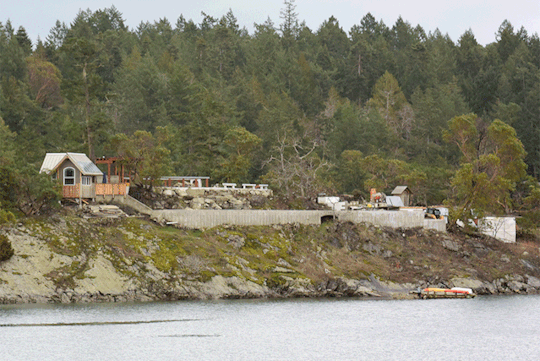#Salt Spring Island
Link
A family of sea otters emerges from the ocean and rambles up the rocky shoreline, while a great blue heron in search of a meal pokes at a wall of rocks.
Fountains of water squirt upwards from clams that have buried themselves across the beach.
Ken Thomas, standing on a rocking boat just off British Columbia's Salt Spring Island, marvels at the beauty and bounty of the ancient Fulford Harbour sea garden.
He reflects on how the long row of rocks piled along the shoreline represents both past and modern-day West Coast Indigenous culture.
"I'm like, 'My ancestors touched this, were part of building this'. It's something more special than a pile of rocks to hold clams," said Thomas, the fisheries, wildlife and natural resources director for the Penelakut Tribe on southern Vancouver Island.
For years, academics wondered about the origins of the long string of rocks piled along the tide line. The answer came when they spoke to local First Nations, who said the rocks were sea gardens created by their ancestors as cultivation sites thousands of years ago.
Indigenous peoples used the tides to trap clams, mussels, kelp and fish in the shallows once the water receded.
Now, Indigenous leaders hope to gain approval for clam harvesting at the sea garden site on Salt Spring Island's coast, and another at nearby Russell Island in Gulf Islands National Park, both of which are undergoing restoration. They are thousands of years old.
Continue Reading.
Tagging: @politicsofcanada
#Salt Spring Island#Indigenous#First Nations#Sea Gardens#cdnpoli#canada#canadian politics#canadian news#canadian
342 notes
·
View notes
Text

Self-Serve Fruit Stand, Salt Spring Island, British Columbia, 2019.
#fruits and vegetables#fruit stand#self-serve#salt spring island#british columbia#canada#2019#photographers on tumblr#pnw#pacific northwest
8 notes
·
View notes
Text
Population: 11,635
Note that Salt Spring Island is also spelled Saltspring Island.
7 notes
·
View notes
Text

Harbourside Café, Fulford Harbour, Salt Spring Island, British Columbia, 2019.
#building#corrugated metal#rusty#café#fulford harbour#salt spring island#british columbia#canada#2019#photographers on tumblr#pnw#pacific northwest
35 notes
·
View notes
Text

Light Rain
Fernwood Point Beach, Salt Spring Island, BC
#photo#photography#not ai generated#Fernwood Point Beach#Salt Spring Island#BC#pier#water#ocean#Pacific#rain#forest
3 notes
·
View notes
Text
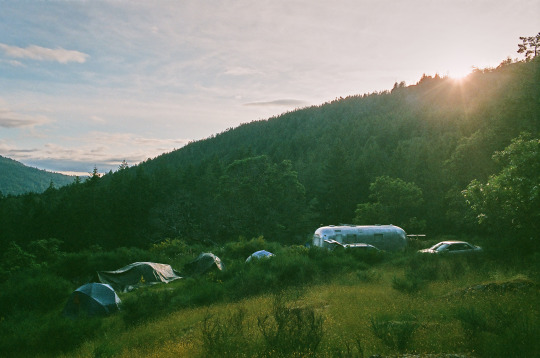
Salt Spring Island camp
29 notes
·
View notes
Text
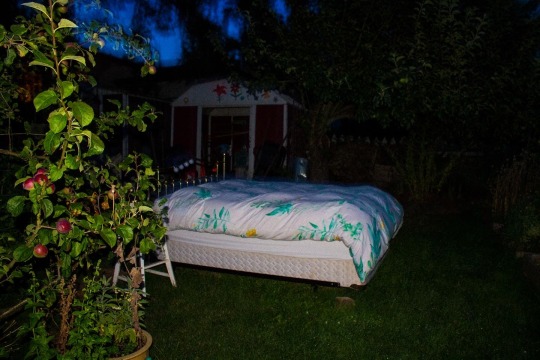
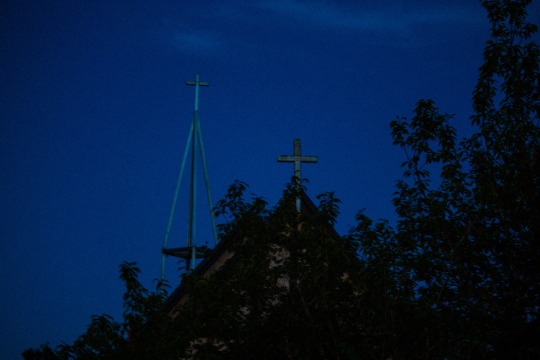

salt spring island, unceeded coast salish territory
(8/13/22)
#visited my gma#and this airbnb has a bed in the garden#also the second image is titled catholic trauma#photography#artist#coast salish#unceeded territory#so called#british columbia#salt spring island#pacific northwest#north west coast#my photos
18 notes
·
View notes
Photo
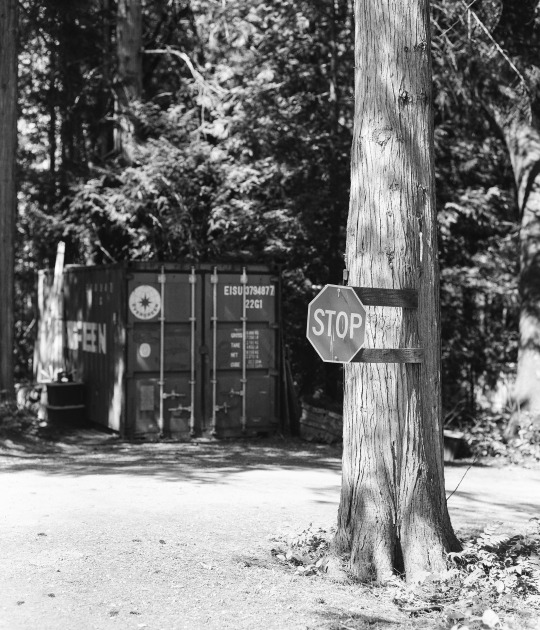
Stop
Salt Spring Island, 2022
5 notes
·
View notes
Text

"LESTER TELLS STORY OF JAPANESE MURDER," Victoria Daily Times. December 23, 1913. Page 18.
---
Alleges Van Horst Shot Yedo Swaga Thrice in the Back
----
BODY WAS THEN CAST OVERBOARD BY THEM
----
Witness Said He Obeyed Because He Was Afraid of Being Killed
----
Vancouver, Dec. 23 - Grasping the edge of the witness box until the sinews of his hands stood out like whipcords, and his knuckles whitened against the tightened skin until they matched the pallor of his face, James Lester, hesitating and halting in his speech, stammered out before Magistrate Alexander in the provincial court this morning, his story of the murder of Yedo Ogowa, a Japanese fisherman.
The murder took place on the Japanese fishing boat during a stormin the middle of the Gulf of Georgia, while the boat was tossed about by the sea with engines pounding. According to the story told by Lester, he and the man who, he alleges, committed the murder, George Van Horst, rolled the body over the side of the boat, where it sank, weighted down by a bag of sand ballast.
Lester, who is of English birth, declared that he met Van Horst several months ago, and being "broke," had then been befriended by him. He helped around Van Horst's grocery store on Powell street, and finally aided in the burglaries that the grocer was committing.
On November 1, Lester said, he, Van Horst and a man named Smith went out to Point Grey in a row-boat to where a large quantity of the loot gained in the burglaries was cached. The next day they went to Eburne without Smith, and Van Horst secured a horas and rig, which Lester drove back to the hiding place.
On the morning of November 4, Van Horst bargained with Owaga, a Japanese fisherman, whom they had met at Eburne, to convey them to Nanaimo in his launch. The price agreed upon was $17. That morning about ten o'clock, having transferred all of the stolen goods to the launch, they started for Vancouver island.
"About two o'clock," Lester declared, "I was sitting in the stern, when Van Horst came to me from the bow of the boat. He had had an argument with the Japanese about the direction we should take, and be says to me I'm going to run this boat myself and I'm going to get that Jap.
"The Japanese was at the wheel in the cabin at the bow of the boat at the time," the witness continued, "and Van Horst went forward and sat in the doorway with his feet Inside of the cabin. From the stern I saw him draw his gun and fire three shots. I could not see the Japanese fall.
"He called me and I went forward."
"What did in say when he called?" asked Crown Prosecutor W. M. McKay.
"Come on in here and get busy. I got him."
"I went forward," Lester continued, "and went into the cabin. I took him - the Jap - by the feet and Van Hurst had him by the shoulders, and we took and hauled him out on the deck.
"He was covered with blood all over his face and head. He had been shot down as he was at the wheel, and hit in the head."
"Shot from behind without a chance to defend himself?" asked Crown Prosecutor McKay.
The witness did not answer.
"Van Horst told me to get a sack of ballast and tie it around the Jap's waist. I did so, and he told me to search him. I leaned over and pulled this watch (pointing to an exhibit from the dead man's pocket and laid it on top of the cabin. We rolled the body over the side of the boat, We never saw it again."
"Were the engines stopped at this point?"
"No, it was too rough to stop the engines - it was very rough."
"In the Jap's pocket in the cabin we found $17. I searched the coat and found the money. I gave the greater part of it to Van Horst - over half of it. The watch I put into my valise."
"Why did you do these things? Why did you assist in putting the body over board and in searching the pockets?" Mr. McKay questioned.
The witness smiled a weak, cowardly smile.
"I was afraid," he murmured, "that I would get what the Jap got if I did not."
"Van Horst had a revolver, that one there. That is the one that he fired the shots with, and I did not have any gun. There ware four on board the boat, but they were in the valise."
Continuing his story, Lester told of how after reaching the shelter of the islands through Poriler Pass, the engines broke down and until daylight they drifted about amongst the islands. About 4 o'clock they landed at Beaver Point, and immediately they reached shoes an attempt was made to scuttle the boat by piling it full of stones.
This was unsuccessful, and an effort was made to scuttle it by chopping through the planking. Three of the five bulkheads held and the craft remained afloat. Another effort was made to overload it, and more stones were secured, but the attempt was a failure. Then the gasoline tank was punctured, and after the fuel had drained from the tanks Van Horst, the witness said, asked him to set it on fire.
"I did not want to do it, and we had an argument, but after a while I said A would, and it a match. An explosion occurred, and I was blown into the water, but managed to swim to a rowboat.
Lester corroborated the evidence called by the crown in connection with the burning launch, and told how Detective Sergeant MeLood had been instrumental in working up the present charge of murder from the blood-stained chart and the watch that had was discovered by the detectives in his valise.
#vancouver#salt spring island#victoria#murder#murder trial#shot to death#premeditated murder#hate crime#boat theft#stolen boat#george van horst#japanese canadians#japanese immigration to canada#crime and punishment in canada#history of crime and punishment in canada#wanted criminals#armed robbers
0 notes
Link
Columbian black-tailed deer range from southern British Columbia to Southern California, and as far east as the Cascade Range and southern Sierra Nevada. They are native to this archipelago. They are also wildly out of balance. By the late 1800s, foreign settlers had exterminated the islands’ cougars and wolves, the deer’s primary predators, and alienated Indigenous people from their traditional deer hunting grounds. Over the past century, wildlife managers here and across the continent encouraged the proliferation of all deer species—popular game animals. More recently, changes in regulations and cultural attitudes have resulted in a dramatic drop in hunting. Deer have never had it so easy. Martin estimates that their population on the islands is now 10 times what it was before colonists arrived.
Here and there, oceanspray shoots up like topiary umbrellas. Indigenous people used these flowering shrubs, also known as ironwood, for making tools and utensils. Well past two meters tall, these specimens are old-timers, Martin explains, up to 100 years in age, that have been relentlessly clipped and shaped by deer who swim between islands. Few, if any, new oceanspray plants survive because deer eat them before they can establish. It’s the same for other bushes and flowering plants. Seedling and sapling trees often meet a similar fate. Native deer prefer to browse native fare, especially succulent flowering plants, giving unpalatable invasive plant species an edge. Gone too are the native, perennial, tussock-forming grasses that some birds favor for nesting. What the deer leave behind is an impoverished understory dotted with moss and thorny Himalayan blackberry. And the evidence of deer overbrowsing reaches well beyond the trees.
Martin leads me to a meadow near the beach where the sun illuminates a grassy field of vibrant green. While I take in the inviting scene, she conjures a vanished world of purples and pinks, the trill and hum of pollinating birds and bees—the way this meadow used to be. Martin grew up just 22 kilometers north of here, on Saltspring Island, in the 1970s. “There were places you could be knee-deep in wildflowers,” she recalls. Now, with the proliferation of deer, development, and other stressors, “those places are long gone.” They’ve been replaced by a carpet of invasives, including European orchard grass. It’s a process repeated throughout the archipelago, she says, and wherever overabundant deer are found.
#history#colonialism#climate change#ecology#environmentalism#animals#zoology#wildlife conservation#canada#usa#gulf islands#d'arcy island#salt spring island#deer#black-tailed deer
1 note
·
View note
Text
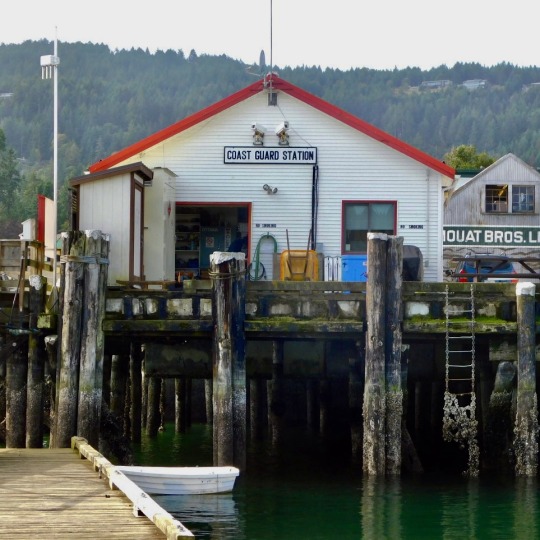
Coast Guard Station, Ganges, Salt Spring Island, 2019
#townscape#seascape#port#coast guard#ganges#salt spring island#british columbia#2019#photographers on tumblr#pnw#pacific northwest
6 notes
·
View notes
Text

Saltspring Island, BC, Canada
0 notes
Text
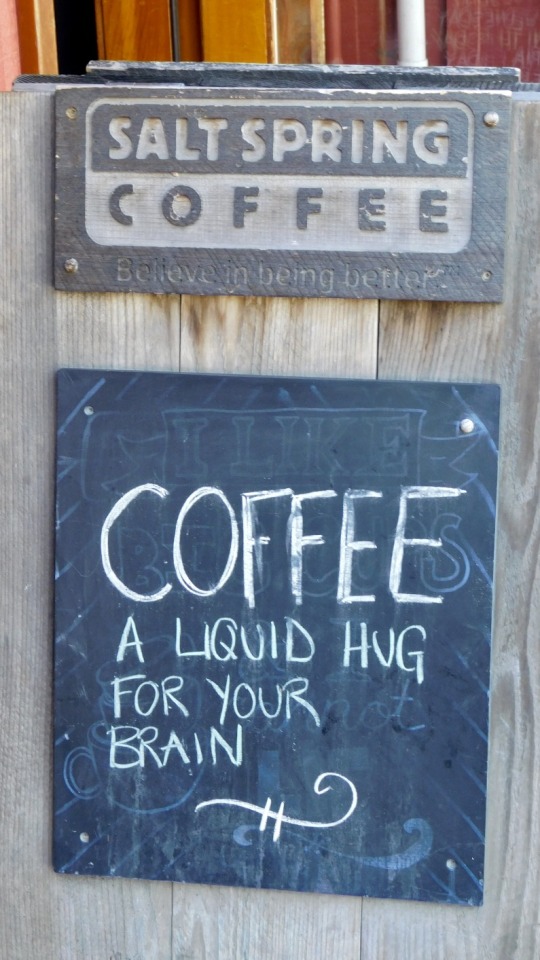
Coffee, Salt Spring Island, British Columbia, 2019.
#signs#coffee#salt spring island#british columbia#2019#photographers on tumblr#pnw#pacific northwest
14 notes
·
View notes
Text
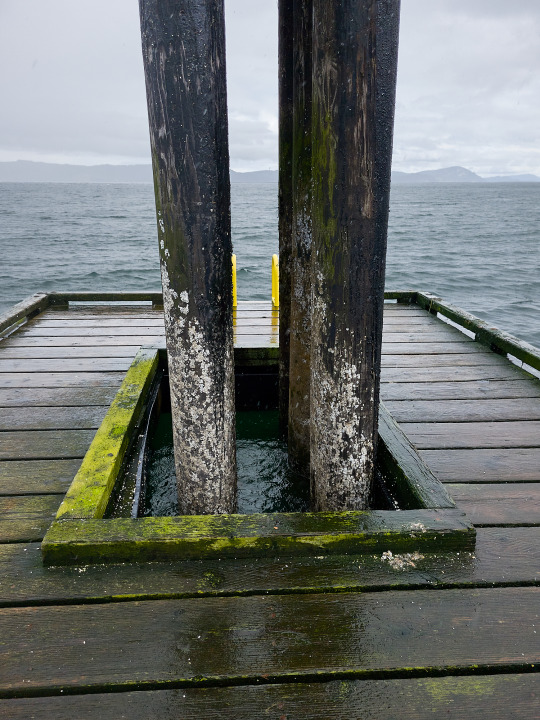
Emergency Exit
Fernwood Point Beach, Salt Spring Island, BC
#photo#photography#bc#Fernwood Point Beach#Salt Spring Island#BC#water#ocean#Pacific#not ai generated#Galiano Island#pier
4 notes
·
View notes
Text
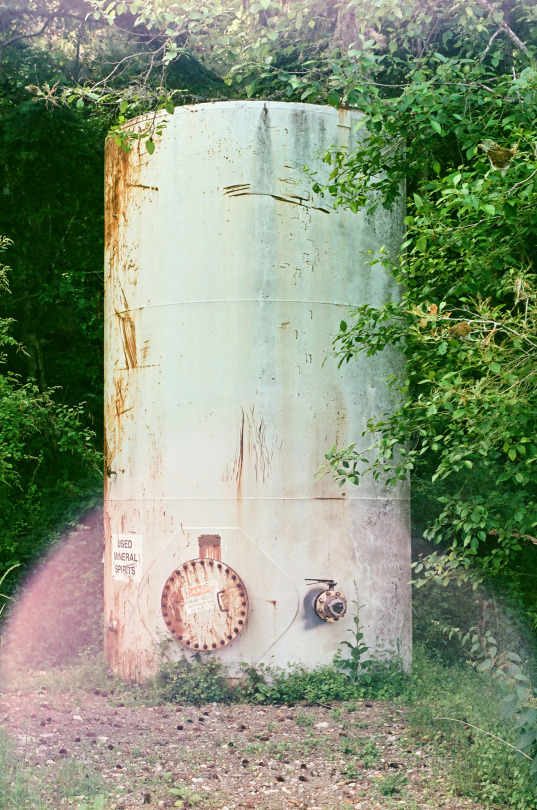
9 notes
·
View notes
